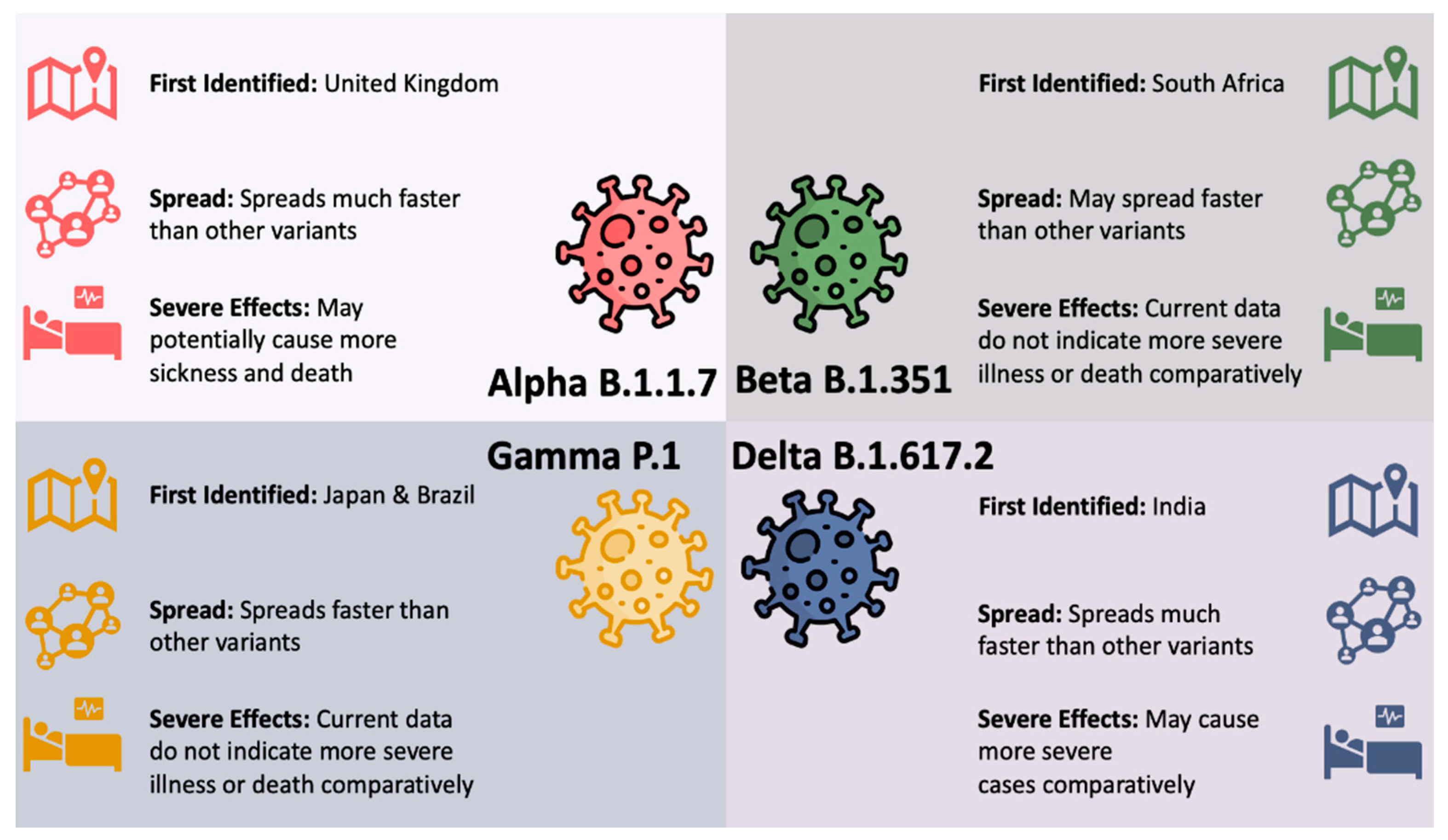Common Symptoms of COVID-19 Variants

Covid variants symptoms – COVID-19, caused by the SARS-CoV-2 virus, continues to evolve, leading to the emergence of variants with distinct characteristics. While the symptoms of different variants may vary, certain symptoms remain common across the board.
While the world grapples with the ever-evolving symptoms of COVID variants, from persistent fatigue to loss of taste and smell, there’s a peculiar spectacle that offers a much-needed dose of levity: the annual world ugliest dog contest. These canine contenders, with their droopy eyes, wrinkled faces, and comical expressions, remind us that even in the midst of challenges, there’s always a reason to smile.
Yet, as we revel in the absurdity of it all, let us not forget the importance of staying vigilant against COVID-19 and taking necessary precautions to protect ourselves and others.
Fever, Covid variants symptoms
Fever is one of the most prevalent symptoms of COVID-19 variants. It typically presents as an elevated body temperature above 100.4 degrees Fahrenheit (38 degrees Celsius).
The recent surge in COVID-19 variants has brought forth a diverse range of symptoms, from mild discomfort to severe complications. To address these evolving challenges, Senator Tim Scott has been at the forefront of advocating for increased testing and vaccination efforts.
As the virus continues to mutate, understanding the unique symptoms associated with each variant remains crucial for effective management and treatment.
Cough
Cough is another common symptom of COVID-19 variants. It can range from a mild, dry cough to a persistent, hacking cough that produces mucus or phlegm.
Shortness of Breath
Shortness of breath, also known as dyspnea, is a common symptom of COVID-19 variants. It can manifest as difficulty breathing, chest tightness, or a feeling of not being able to catch one’s breath.
Fatigue
Fatigue is a common symptom of COVID-19 variants. It can range from mild tiredness to severe exhaustion that interferes with daily activities.
Importance of Early Symptom Recognition and Medical Attention
Recognizing the symptoms of COVID-19 variants early and seeking medical attention is crucial. Early detection and intervention can improve outcomes and reduce the risk of severe complications.
Distinguishing Symptoms Between Variants

Differentiating between the symptoms of various COVID-19 variants is crucial for timely diagnosis, appropriate treatment, and effective public health measures. This table compares the key symptoms of Delta, Omicron, and BA.5 variants, highlighting their unique characteristics and potential implications.
Symptom Comparison Table
| Variant | Key Symptoms | Severity | Duration | Potential Complications |
|---|---|---|---|---|
| Delta | – Fever – Cough – Sore throat – Headache – Fatigue |
Moderate to severe | 7-14 days | Pneumonia, respiratory failure, multi-organ damage |
| Omicron | – Runny nose – Sore throat – Fatigue – Sneezing – Headache |
Mild to moderate | 5-10 days | Less likely to cause severe illness or complications |
| BA.5 | – Fatigue – Sore throat – Runny nose – Headache – Cough |
Mild to moderate | 5-10 days | Similar to Omicron, less severe than Delta |
While the symptoms of different variants may overlap, certain patterns can help distinguish them. Delta variant tends to cause more severe respiratory symptoms, such as fever, cough, and shortness of breath. Omicron and BA.5 variants, on the other hand, are more likely to present with milder upper respiratory symptoms, such as runny nose, sore throat, and fatigue.
It’s important to note that these are general patterns and individual experiences may vary. If you experience any COVID-19 symptoms, it’s essential to get tested and consult with a healthcare professional for proper diagnosis and treatment.
Emerging Variants and Symptom Profiles: Covid Variants Symptoms

The COVID-19 virus continues to evolve, giving rise to new variants with distinct characteristics. These variants can have varying impacts on symptom presentation, making it crucial to stay informed about their profiles.
Monitoring variant trends is essential for public health authorities and healthcare providers to adjust diagnostic and treatment strategies accordingly. Understanding the symptom profiles of emerging variants helps identify potential cases, track transmission patterns, and develop effective interventions.
Newly Identified Variants
Recently identified variants include Omicron sub-variants (e.g., BA.4, BA.5) and the Deltacron variant, a hybrid of the Delta and Omicron variants. These variants have shown altered transmissibility, immune evasion capabilities, and symptom profiles.
For instance, the Omicron sub-variants tend to cause milder symptoms in vaccinated individuals, including sore throat, runny nose, and fatigue. In contrast, the Deltacron variant has been associated with a broader range of symptoms, including fever, cough, and shortness of breath.
Importance of Monitoring Variants
Monitoring variant trends is vital for several reasons. It allows public health officials to:
- Track the spread and prevalence of different variants.
- Identify potential hotspots and areas of concern.
- Assess the effectiveness of current vaccines and treatments.
- Develop targeted public health measures, such as vaccination campaigns and travel restrictions.
Staying informed about the latest medical recommendations and variant-specific guidance is crucial for individuals to protect themselves and their communities. Regular updates from reliable sources, such as the World Health Organization (WHO) and national health authorities, are essential for staying abreast of the evolving situation.